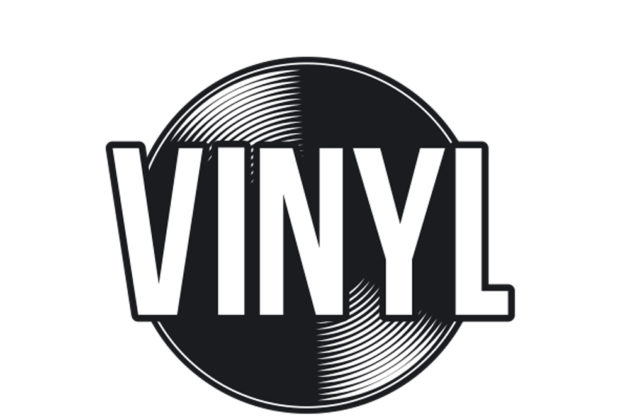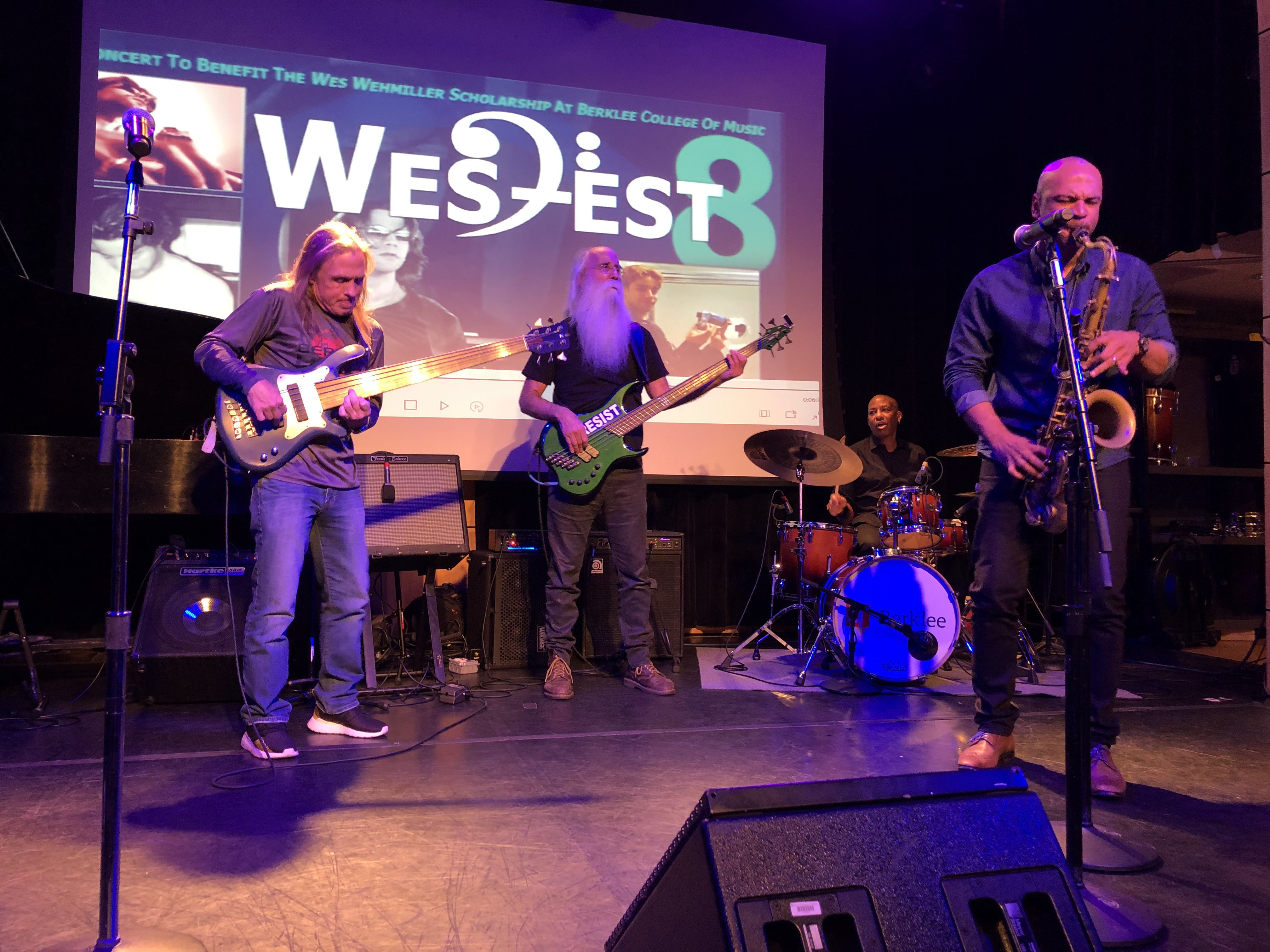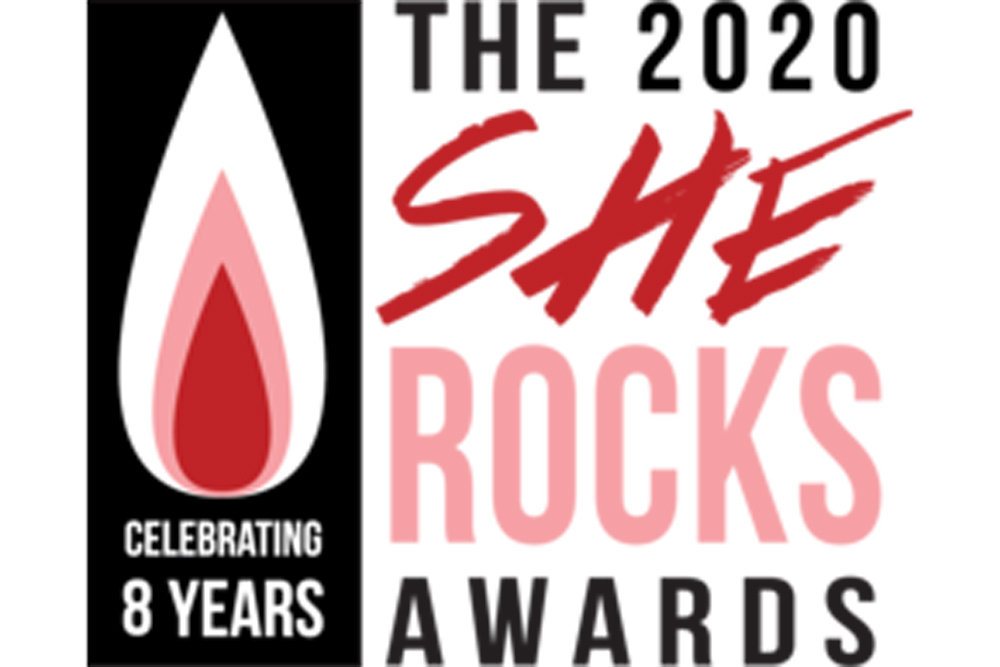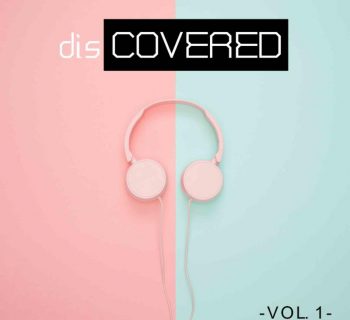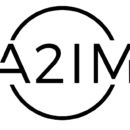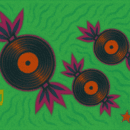The Making Vinyl Conference was held at the W Hotel in Hollywood, CA, on Monday and Tuesday, Oct. 14 and 15.
This was the third event of its kind in America, (the first two being in Detroit in 2017 and 2018.) There was also a Making Vinyl Conference this year in Berlin, making this one the fourth, overall.
This is a conference to celebrate vinyl, to share advances in today’s vinyl production, and to discuss the future of vinyl in today’s digital world.
(Full disclosure—Music Connection magazine was a sponsor of the Making Vinyl Conference.)
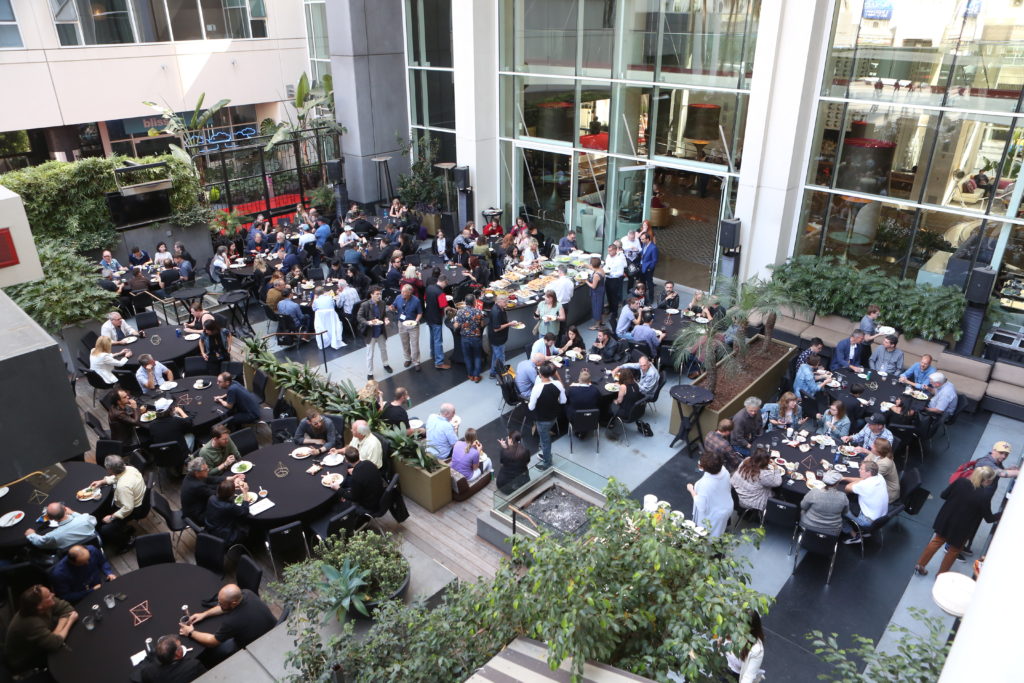
Who was there?
Total attendance was 425. Bryan Ekus, one of the conference producers estimates that roughly 50% of those in attendance were from record labels; 25% were from manufacturing companies and the remaining 25% from material suppliers.
Charles B. Krimuss, of Krimuss Audio, has patents pending on a vinyl restoration process which he says can restore records as old as 50 years, making them sound like new. An oddly unique character who wears a white lab-coat and carries with him his pet stuffed rabbit, he is nonetheless a brilliant individual who may be on the cutting edge of vinyl restoration. He’s invented a machine that resembles a toaster, with vertical slots into which you insert a record. This machine partially removes a microscopically thin layer of “coating” from the grooves of the record. This is where most of the airborne contaminants are embedded, causing pops and static noises. These particles are effectively removed, restoring the original sound of the record.
Liz Dunster is the founder and CEO of Erika Records Inc. The company was founded in 1981, making Liz the first-ever female owner of a vinyl record manufacturing plant. Erika Records was one of the few companies in attendance that makes only vinyl records and cassettes. Nothing digital.

Liz Dunster
Conspicuously absent from this conference were two groups: 1. Musicians and recording artists, and 2. Manufacturers of turntables. One would think that a conference seeking to promote the resurgence of the vinyl album would have lots of vinyl turntables on display. There were virtually none. “Shocking” was how Liz Dunster of Erika Records described it.
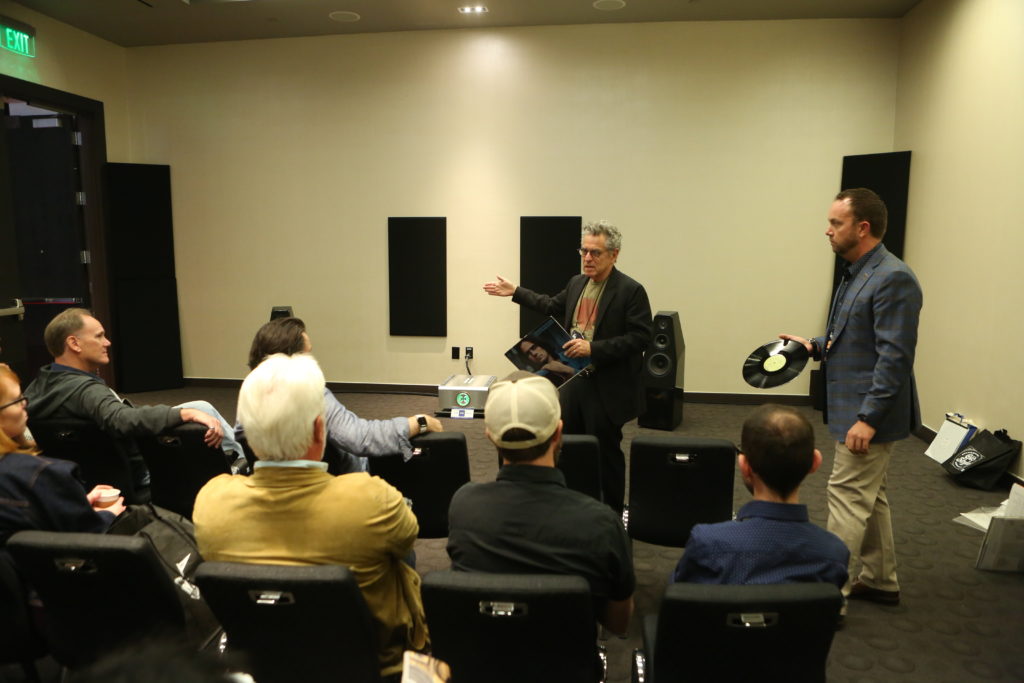
SIDE 1. WHY VINYL?
Track 1. Vinyl sounds better! Warmer, richer, more natural, so say the vinyl lovers. Digital sound, they argue, is changing sound from analog vibrations into something it never was—numbers; 1’s and 0’s on a computer, and then changing it BACK into sonic vibration that we can hear. They say it’s like orange juice from concentrate. Why not simply squeeze an orange and drink that? It tastes better.
Track 2. The physical product. In this world of digital streaming and downloads, a vinyl record offers music fans an actual physical “thing” that they can take home. That’s what CD’s are for? Sure. But remember—vinyl sounds better!
Track 3. Packaging: artwork, etc. Some dinosaurs like myself can remember a time when people used to put album covers on their walls, like a painting or a poster. It seems something was lost when the 12” album was replaced by the CD. We recall marveling at now-famous album covers like Sgt. Pepper, or The Who’s Tommy, or Cream’s Disraeli Gears.
Track 4 . Colored vinyl vs. black vinyl. Vinyl record production has evolved since the last time many of us paid attention to it. Today’s records are more durable and sustainable than those of the past. The ideal weight of a vinyl album is considered to be 180 grams, which refers to the weight of the glob of vinyl needed to produce the disc. This makes today’s records slightly heavier and more robust.
The 180-gram weight applies to black vinyl records only. The vinyl itself is originally clear. The addition of the black petroleum element makes the vinyl black and also more stable and durable. The use of colored dyes in the production of colored records, picture discs, and even clear vinyl records changes this weight dynamic.
So why have colored vinyl, picture discs, etc.? Is it simply a marketing gimmick?
Yes. All agreed that these are basically marketing tools designed to stimulate record sales. Some collectors might actually buy several different versions of the same record pressed in different colors. Some might even purchase a vinyl disc of a record they already own on CD.
Perhaps, but one must also consider the cost of producing these various and, in some cases, slightly inferior sounding versions.
No one disputed that vinyl records cost more to produce than CDs or other digital media.
SIDE 2. Why NOT vinyl?
Track 1. Practicality, convenience.
“Vinyl albums weigh too much,” we’re told. They don’t last like digital recordings. They develop pops and hiss and the records warp over time, all of which degrades the sound. Vinyl records take up too much space. 200 albums can fill up half a wall, whereas you can carry around literally thousands of digital albums in your pocket.
But these are not emotional arguments. They are practical ones. And let’s face it, music is all about emotion.
There are those among us who still swear that vinyl records always were—and still are—better sounding. Digital recordings, they argue, are too compressed, giving them an unnatural sound. In a time when many of us don’t even own a CD player anymore, there are still those who have turntables, elaborate home systems with receivers and amplifiers and walls full of vinyl albums. They speak wistfully of the day when one was more likely to listen to an entire album because that was the way it was intended to be heard.
I confess, I sometimes miss those days myself.
Even the most passionate proponents of vinyl agreed that it has become—and will likely remain—a niche market.
Like most of the people at the conference, I love vinyl. I have those fond memories of listening to an album for the first time. I don’t listen to music the same way I used to—and I miss that.
Vinyl will always have a home with the true music purists and audiophiles who have the time, space and money for it. Part of me envies them.
For the rest of us, digital, in one form or another is here to stay. And really, it ain’t that bad.

